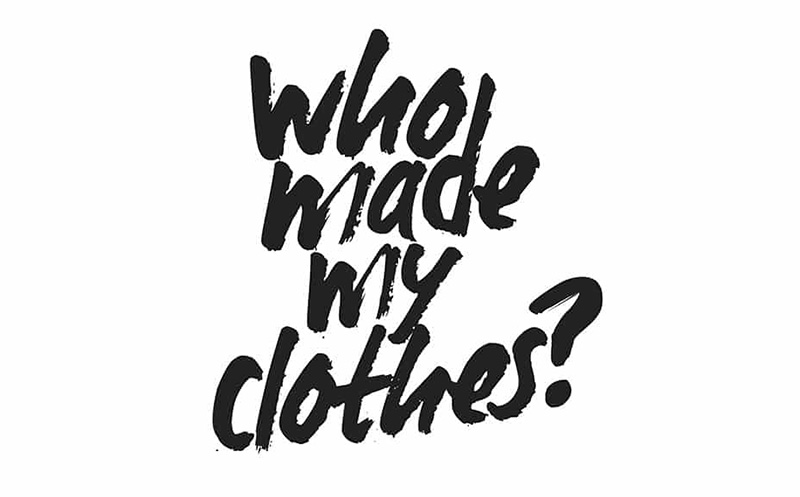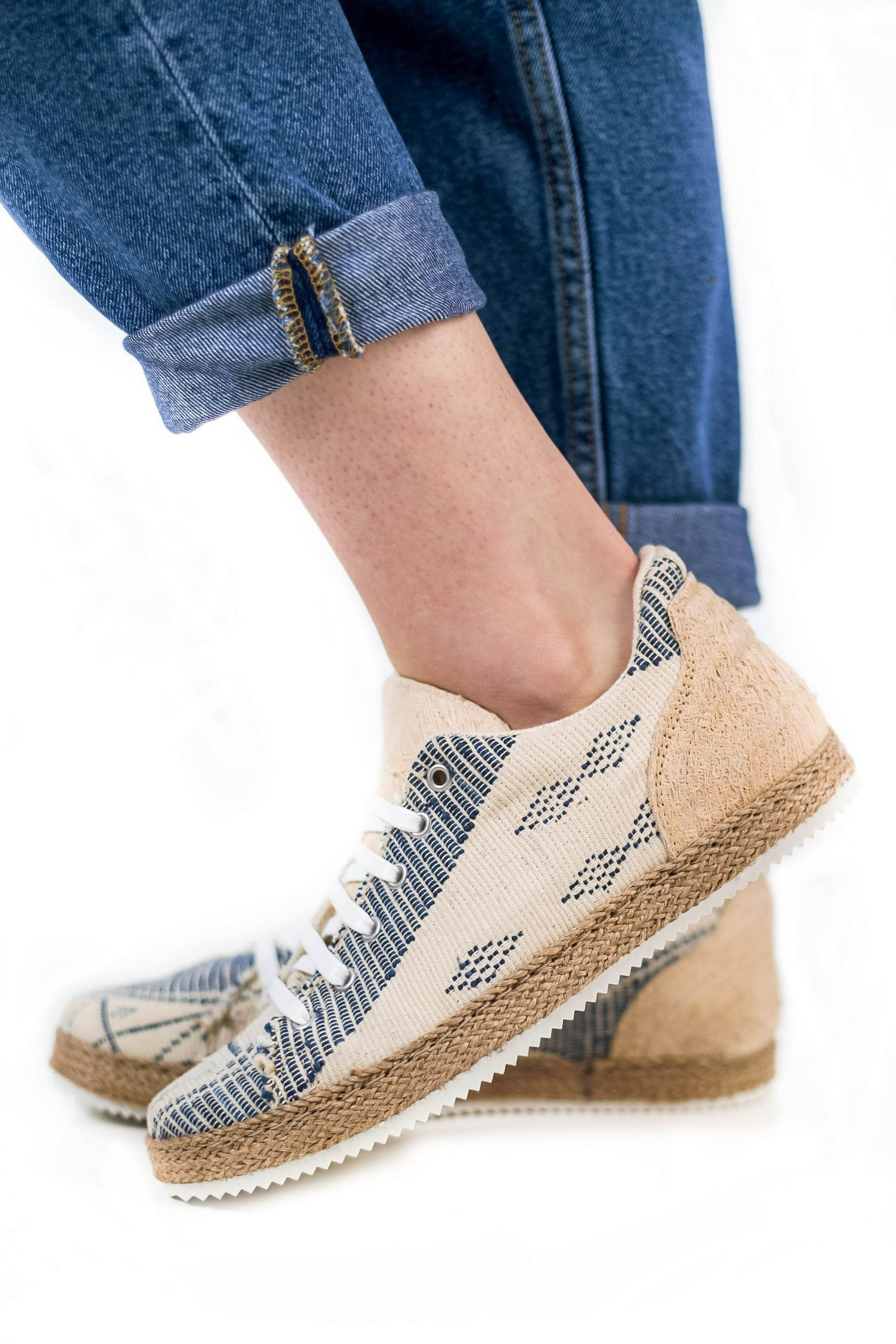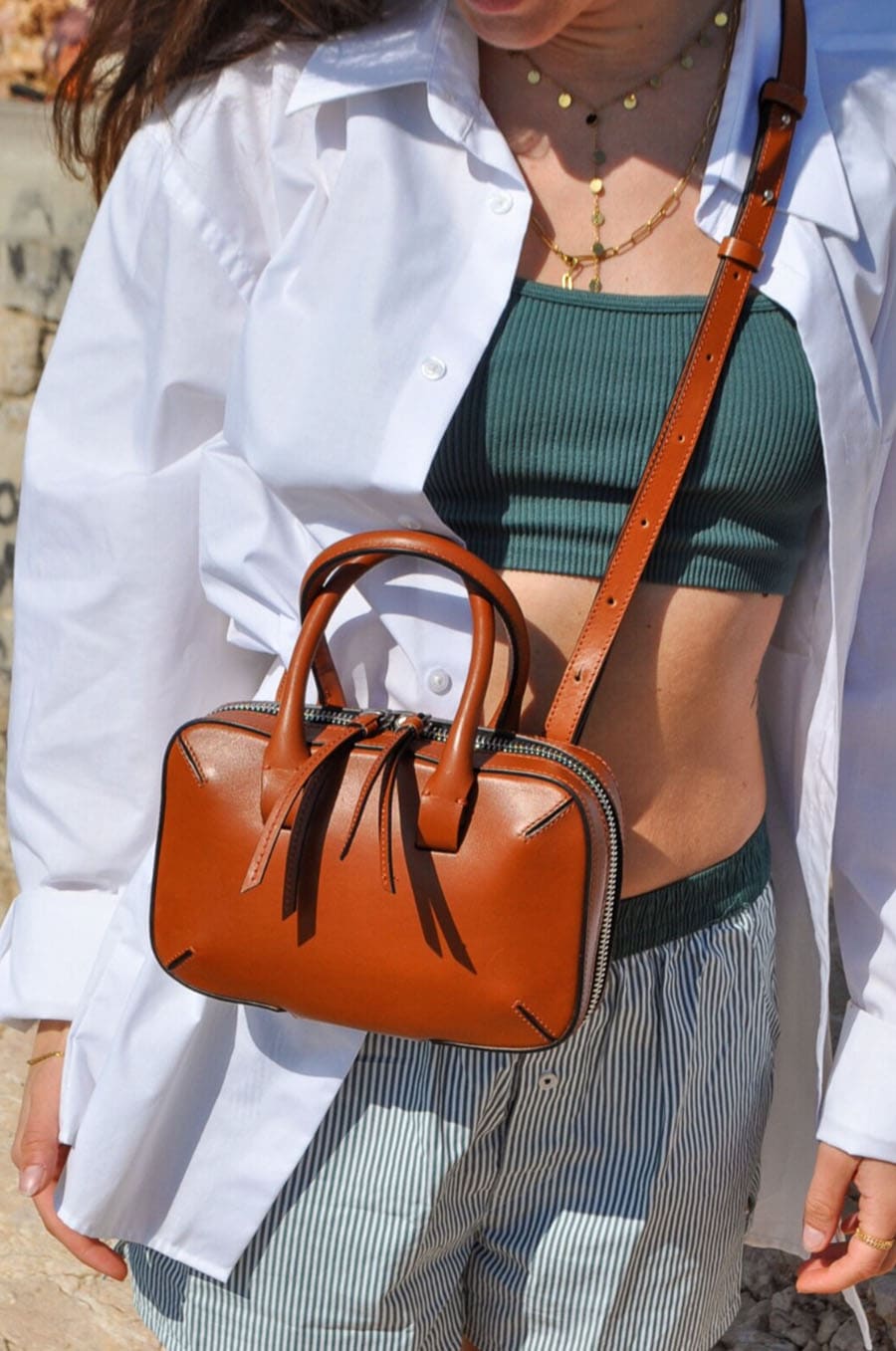
Who made my clothes, a movement to change fashion
Gradually, we realize that our consumption patterns have serious environmental consequences. But there are other consequences that have remained in the dark for a very long time: the human cost of making the clothes.
Since the Rana Plaza disaster, the working conditions of the little hands behind our clothing products have come back to the fore. Thanks to the Who made my clothes moment, there is no longer any question of talking about responsible or committed fashion without taking them into account.
A drama at the origin of the Who made my clothes movement
The fashion industry is caught in a vicious cycle of producing more and more clothes at ever lower prices. The consequences of this race for fast fashion are devastating, both on the human level and on the environment.
We all know it, more or less. But this major problem seemed more distant. Until this drama that sparked a real revolution in the field of fashion.
On April 24, 2013 in Dhaka, Bangladesh, the Rana Plaza collapsed. Result: 1,138 textile workers die, 2,500 others are injured. The day before, the building had been evacuated from its other businesses as well as from the bank which also occupied the place: the discovery of cracks had brought to light the threat of collapse.
When the building does collapse, only the textile workers are still working there. The textile industry which employed them had forced them to come to work or face dismissal.
The workers therefore had no real choice. Especially for these precarious workers, losing a job (difficult as it is) often means being condemned to poverty.
Around the world, it is the shock wave: international attention is focused on the working conditions of these textile workers. It is no longer possible to ignore it.
Two English women, Orsola de Castro and Carry Somers, have been pioneers in responsible and sustainable fashion for many years when this tragedy occurs. They decide to launch the Who made my clothes movement to challenge major brands and designers about the clothing manufacturing process.
Who made my clothes: a question to revolutionize the textile industry
The Who made my clothes movement was born to encourage the fashion industry to be more transparent as well as to make consumers aware of the impact of this industry. It is therefore both a popular education campaign and a revolutionary campaign.
The movement is taking shape and gradually unfolding since 2013. The hashtag #whomademyclothes has gained momentum on social networks, allowing the movement to reach more and more people.
The movement manifests events and campaigns: each year, a week in April is devoted to “Fashion Revolution Week”, a nod to the famous international fashion weeks. Consumers and players in the textile industry are mobilizing to draw attention to the impact of overconsumption of clothes, on the way they are produced, on the environment and on the people who make them.
- The movement has adopted a 10-point manifesto, the objective of which is to serve as a guideline for the entire industry, producers and consumers:
- Delivering decent work from design to production
- Provide fair, honest and above all fair wages
- Give people a voice
- Respect culture and heritage
- Make fashion a symbol of solidarity, democracy and diversity
- Do not degrade the environment
- Do not destroy or throw away without absolute necessity
- Be transparent and accountable
- Measuring the success of a brand or a garment by something other than profit and sale
- May fashion be there to express itself, reflect, protest, share …
The movement now has a website, to enable everyone to engage in more responsibility within the fashion industry.
Anyone can become an actor of change by challenging clothing brands and retailers with this question: who makes my clothes?
Get involved by supporting responsible creators
The Who made my clothes movement is gradually establishing itself as a vector of demands and changes within the textile industry.
But by gaining visibility, the movement meets greenwashing: some brands can use it as a communication tool without really investing for change.
In fact, behind this declared claim to take care of people and the environment, sometimes hides a failure to monitor working conditions. This is particularly the case for brands passing through suppliers: they do not control the production chain but are only a link in it.
For consumers, there is only one solution for consuming responsibly: supporting truly committed creators. Responsible fashion requires paying attention both to the choice of eco-sourced or upcycled materials, and to the social conditions of manufacture of the material or clothing.
In short: transparency.
The AÉ label honors committed and responsible creators. The materials are chosen with care and the manufacture of the parts is the culmination of the approach attentive to ecology and people.
At 10.03.53, the leather is responsibly upcycled or sourced. Leather goods are made in France and Italy, with respect for artisans. The parts are shipped by sea, in an approach that is as environmentally friendly as possible.
For its creator, Luca Colosimo, the finished result of his creations is as important as the entire production process that goes with it.
Umojà puts Africa in the spotlight with its shoes made by ar
The commitment is also social: Umojà works with committed social entrepreneurs to enable African artisans to become economically self-sufficient.

